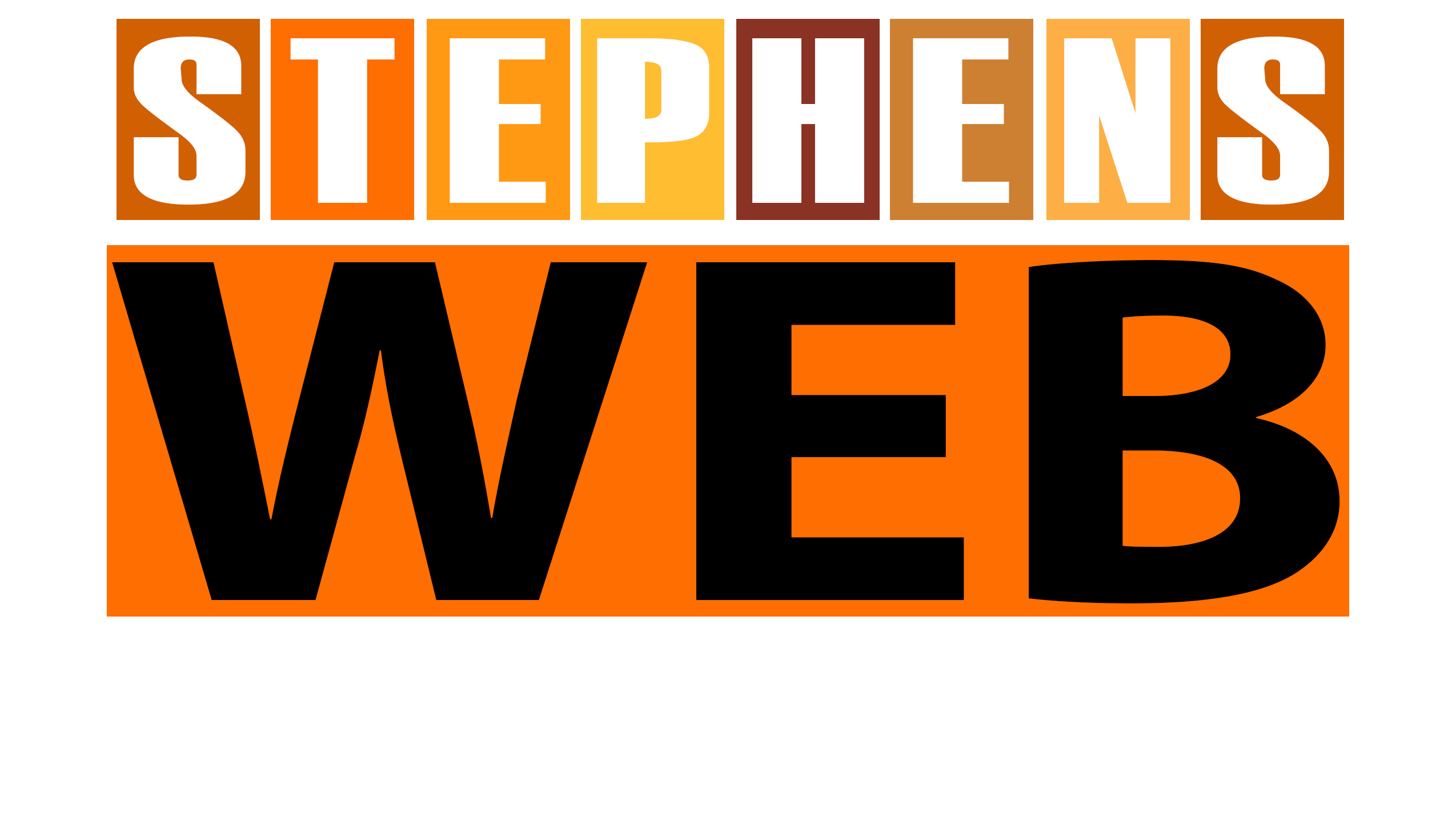Web Design Trends for 2023: Navigating the Future of Digital Aesthetics
As we enter 2023, the digital landscape continues to evolve, pushing the boundaries of creativity and functionality in web design. Staying ahead of the curve in this dynamic era is crucial for web developers and designers. Let’s explore the latest web design trends shaping the visual aesthetics and user experiences of the online world.
1. Dark Mode Dominance:
Dark mode has become more than just a trend; a user preference is here to stay. Websites increasingly adopt dark color schemes to reduce eye strain, save energy on OLED screens, and create a sleek, modern look. Expect more websites to offer a toggle between light and dark modes to cater to diverse user preferences.
2. 3D and Immersive Graphics:
Advancements in web technologies have enabled the integration of 3D graphics and immersive visuals into websites. From subtle animations to full-screen experiences, web designers leverage 3D elements to captivate visitors and tell compelling stories. This trend adds depth and interactivity, transforming the user’s journey into a visually engaging adventure.
3. Organic and Abstract Shapes:
In contrast to the rigid lines of the past, 2023 sees a surge in organic and abstract shapes. These softer, more fluid shapes create a sense of dynamism and playfulness on websites. Expect to encounter irregular polygons, blobs, and flowing lines that break away from traditional grid-based layouts.
4. Minimalistic micro-interactions:
Microinteractions are subtle animations and feedback loops that enhance user interactions. In 2023, these microinteractions are taking a minimalist approach. Small, purposeful animations guide users through the interface, providing a seamless and enjoyable browsing experience without overwhelming them with unnecessary distractions.
5. Sustainable Design Practices:
With an increasing focus on sustainability, web designers incorporate eco-friendly elements into their projects. This includes optimizing images for faster loading times, reducing the overall carbon footprint of websites, and using design elements that convey an environmentally conscious message. Sustainable design is not just a trend; it’s a responsible approach to shaping the digital future.
6. Variable Fonts for Dynamic Typography:
Web typography is evolving with the widespread adoption of variable fonts. These fonts offer designers greater flexibility by allowing them to dynamically adjust weight, width, and other attributes. This versatility creates engaging and readable text across various devices and screen sizes.
7. Augmented Reality (AR) Integration:
As AR technology becomes more accessible, web designers find innovative ways to incorporate augmented reality into their projects. From virtual try-on experiences for e-commerce sites to interactive AR storytelling, the integration of augmented reality adds a layer of excitement and utility to the online user experience.
8. Voice User Interface (VUI):
With the rise of smart speakers and voice-activated devices, web designers increasingly incorporate voice user interfaces. Optimizing websites for voice search and navigation enhances accessibility and provides users an alternative, hands-free way to interact with content.
In conclusion, the web design landscape in 2023 is a vibrant canvas of creativity and innovation. From dark mode dominance to integrating immersive graphics and sustainable design practices, the digital realm trends prioritize aesthetics and functionality. Web developers and designers navigating this landscape must embrace these trends to create captivating, user-centric experiences that define the future of the internet. As we move forward, the key lies in balancing embracing the latest trends and ensuring that design choices contribute to a seamless and meaningful user experience.

